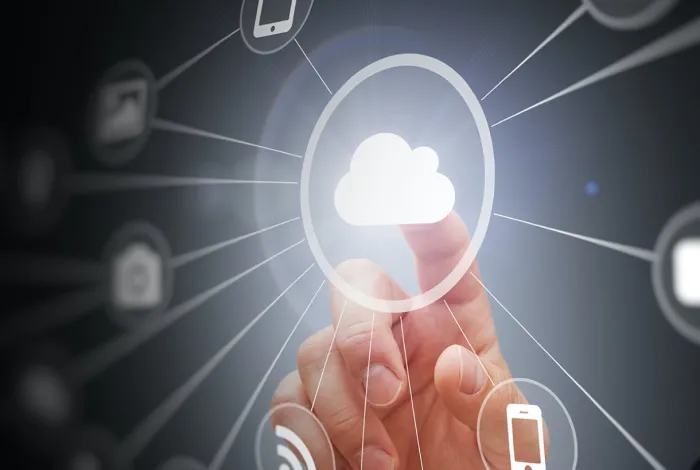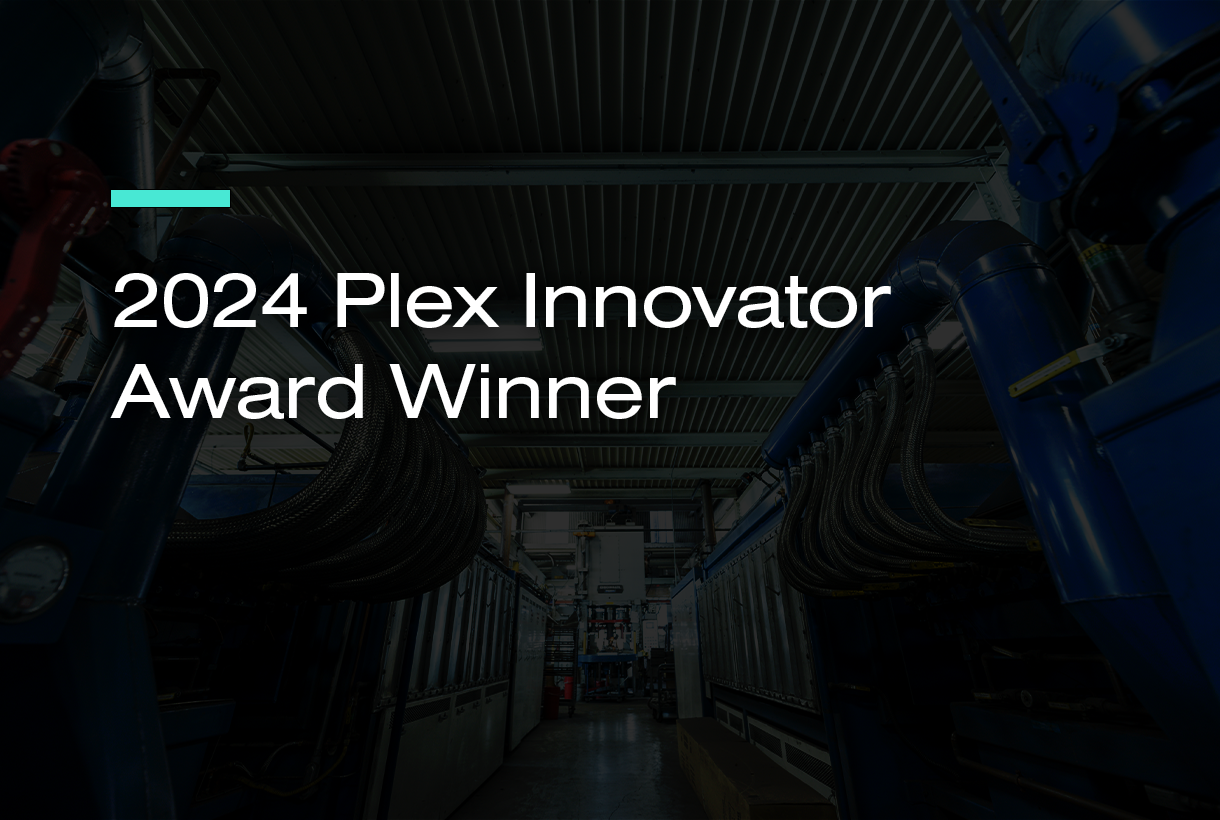

Now Available!
Get your copy of the 7th Annual State of Smart Manufacturing and hear from 300+ manufacturers in this new survey report!
Subscribe to Our Blog
For a monthly digest of expert insights, data points, and tips like the ones in this article.

I always welcome conversation about this statement – “ERP is much cheaper to run if I just own the software instead of renting it in the cloud.” It’s an opportunity to expose the true cost of legacy software ownership. TCO analysis is too often limited to comparing one-time license costs to ongoing subscription costs, ignoring more significant ‘ownership’ costs that add up. Without understanding true costs and overlooked opportunity costs, manufacturers only have a narrow TCO view.
True Legacy Software Ownership Costs
Legacy ERP purchases involve large upfront capital costs with incremental increases as companies add users and modules. Added to that is an annual maintenance cost, typically 20-30% of the total value of the software which increases as the number of user licenses and modules increase. This means companies pay double for the software in four years or less – once up front and again in annual maintenance costs.
Then there is IT support headcount (database administrators, IT support), consultants for customizing software, IT infrastructure and equipment upgrades, rack space, power and cooling. IT has to provide redundant servers (backed up and upgraded regularly), install bugs and patches, and maintain software version control.
Upgrades take weeks if not months of planning, overtime, weekends, around the clock support, and downtime workarounds. Think of the costs involved in salaries and time away from peoples’ primary jobs, which legacy software vendors conveniently avoid in their TCO analysis. Multiply this cost and complexity by the number of locations requiring an upgrade.
Cloud ERP delivers a totally different model, eliminating the headaches of the past. Versionless (always current), subscription-based cloud ERP software includes all hardware and software maintenance, scale, data and system redundancy, transparent feature additions and uptime SLAs (Plex offers 99.9% reliability, for example). Plex uniquely includes unlimited users, enabling customers to add their partners, customers and additional employees at no added cost.
Opportunity Cost of Legacy Software
Companies neglect to consider opportunity costs – in this case the lost value when choosing legacy ERP over cloud ERP. Software loses value if it’s not routinely upgraded, and most manufacturers don’t upgrade with every new release, falling behind a few revisions. They miss out on any new features until that next upgrade, which could be years down the road.
Modern manufacturing also drives increasing amounts of data, which needs analysis in order to add value. Technical business and data analyst skills are in high demand, but manufacturers running legacy ERP are stuck spending most of their IT headcount budget on infrastructure and software support and maintenance, missing an opportunity to drive meaningful data-driven changes.
Native cloud ERP is versionless, adding constant value with real-time enhancements which manufacturers use immediately. Cloud ERP frees technical resources for use in more strategic data and business analyst roles, creating new processes and driving efficiencies. In fact, a recent Mint Jutras report showed that 93% of Plex customers do just that after moving to cloud ERP, redeploying staff to needed strategic positions. With no upgrades and no ERP hardware or software maintenance to manage, cloud ERP customers focus more resources on manufacturing and driving results.
One last benefit rarely accounted for. When all customers run on a single software version, they freely share best practices and tools through user communities which other customer can implement, gaining value from one another. Legacy ERP users often run many different software versions, often within the same company, limiting the ability to implement shared practices and tools.
When you think about your next ERP decision, make sure to weigh all costs – both obvious and hidden – before making a decision. Make sure each vendor accounts for all of the above in providing an accurate comparison.
Please also see our post, Debunking Cloud Myths – Security and Reliability.

